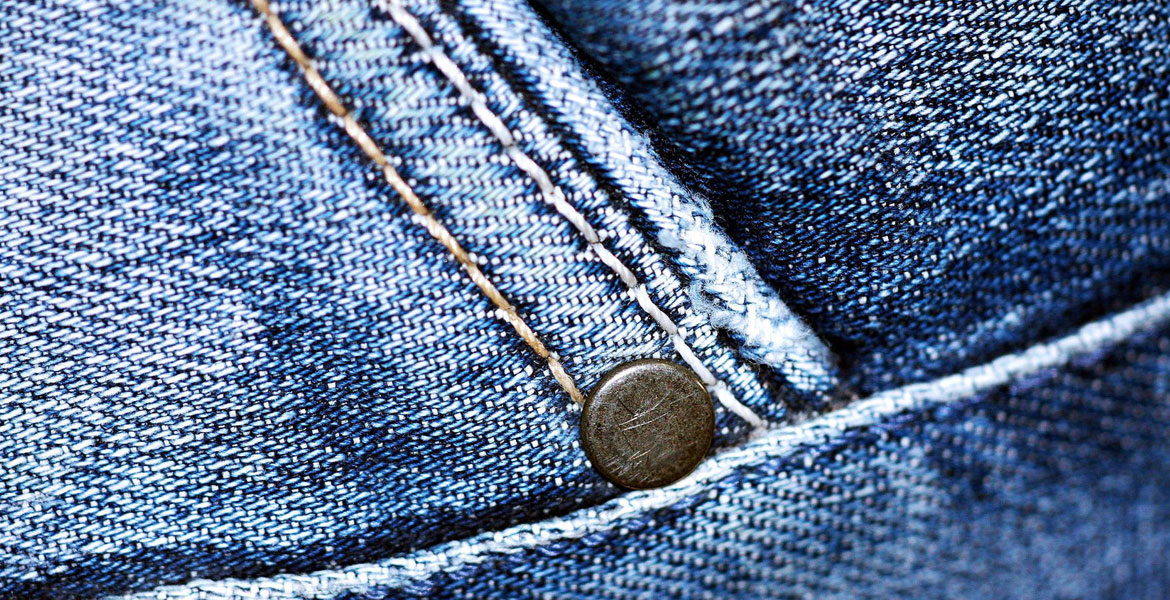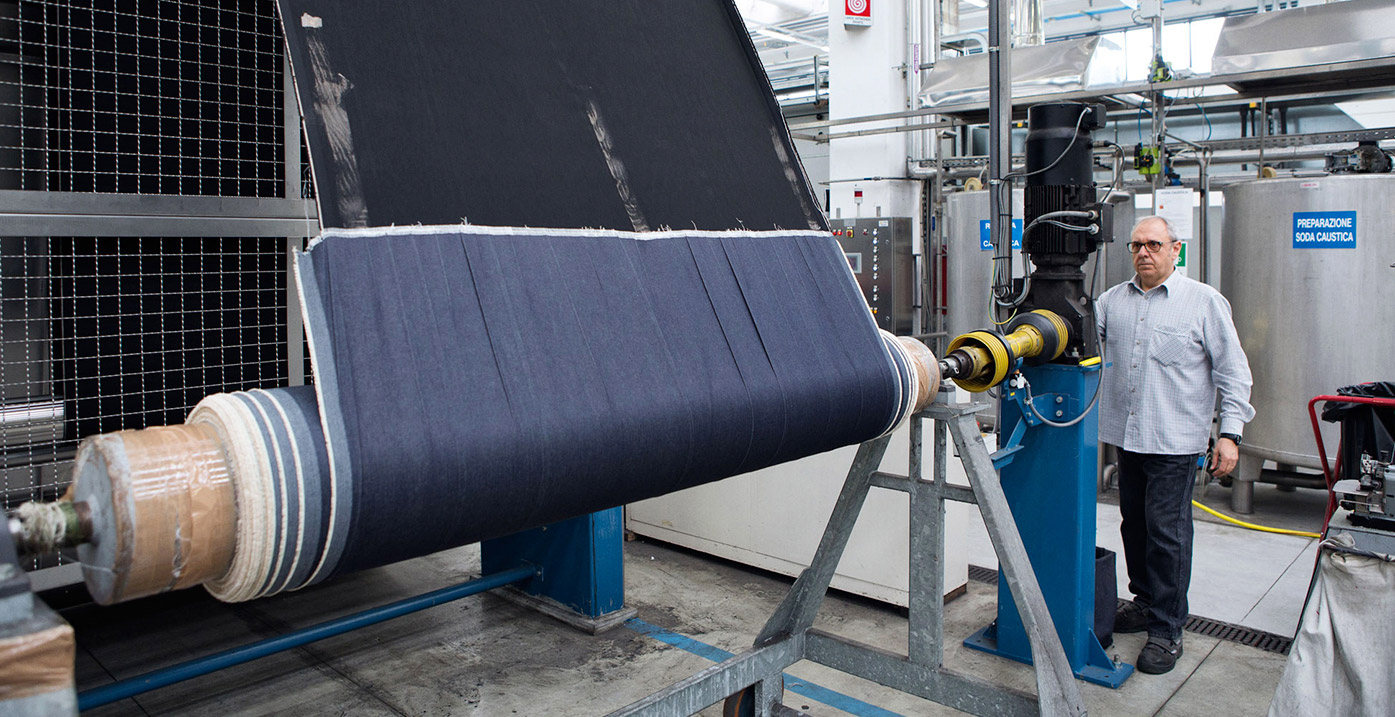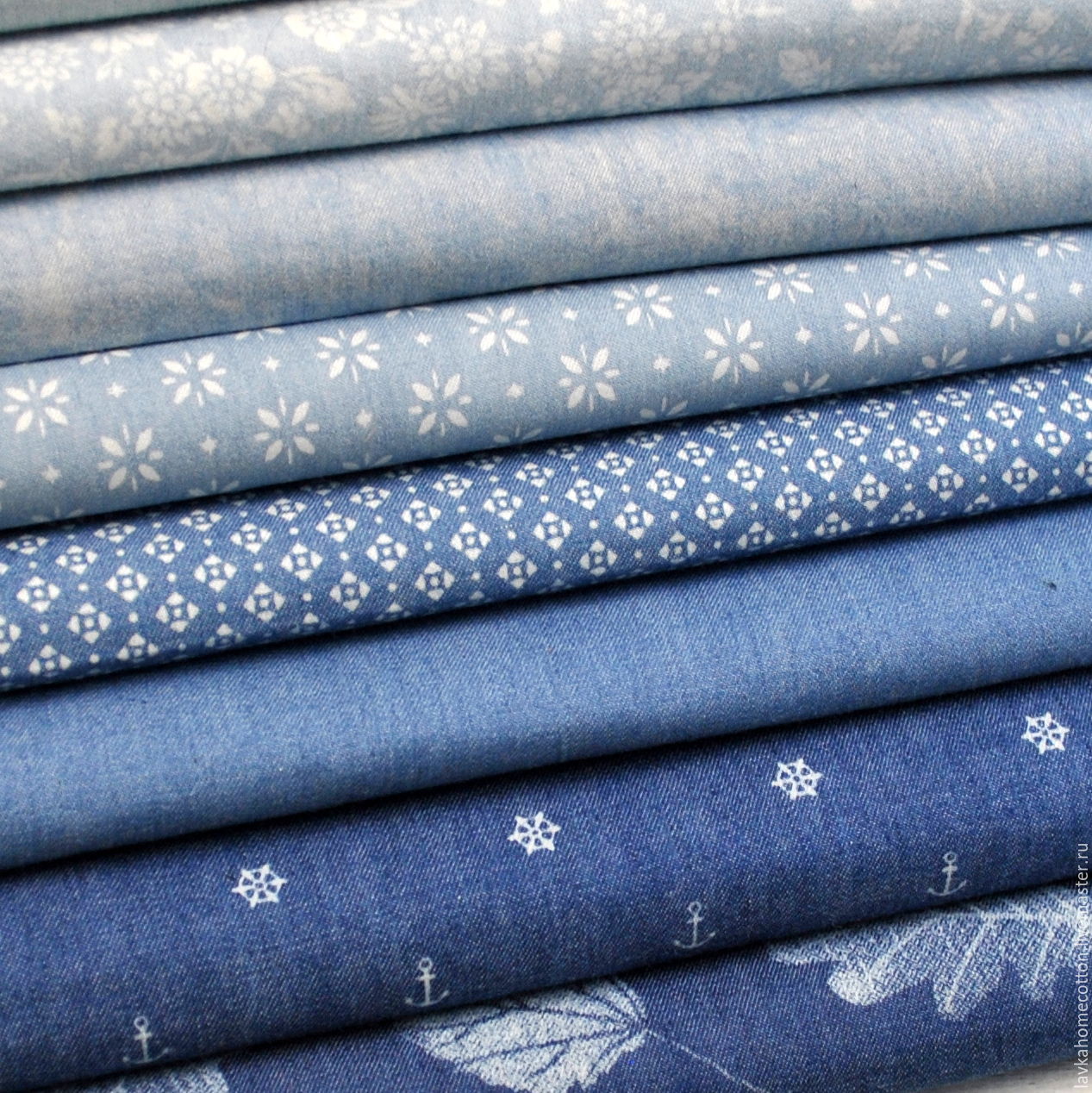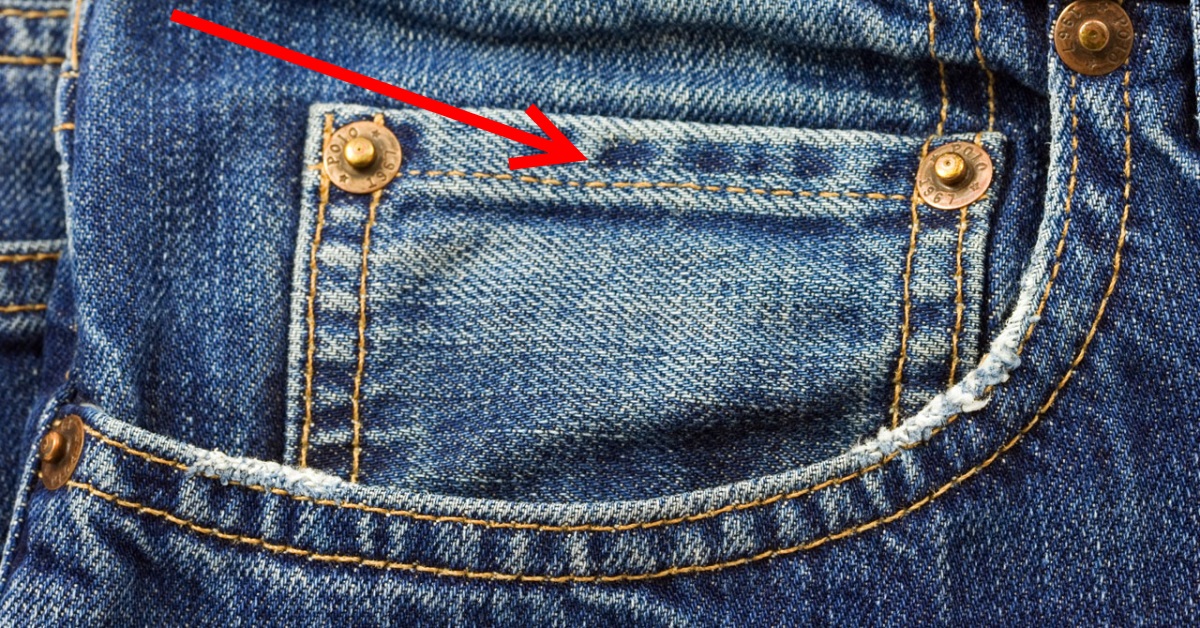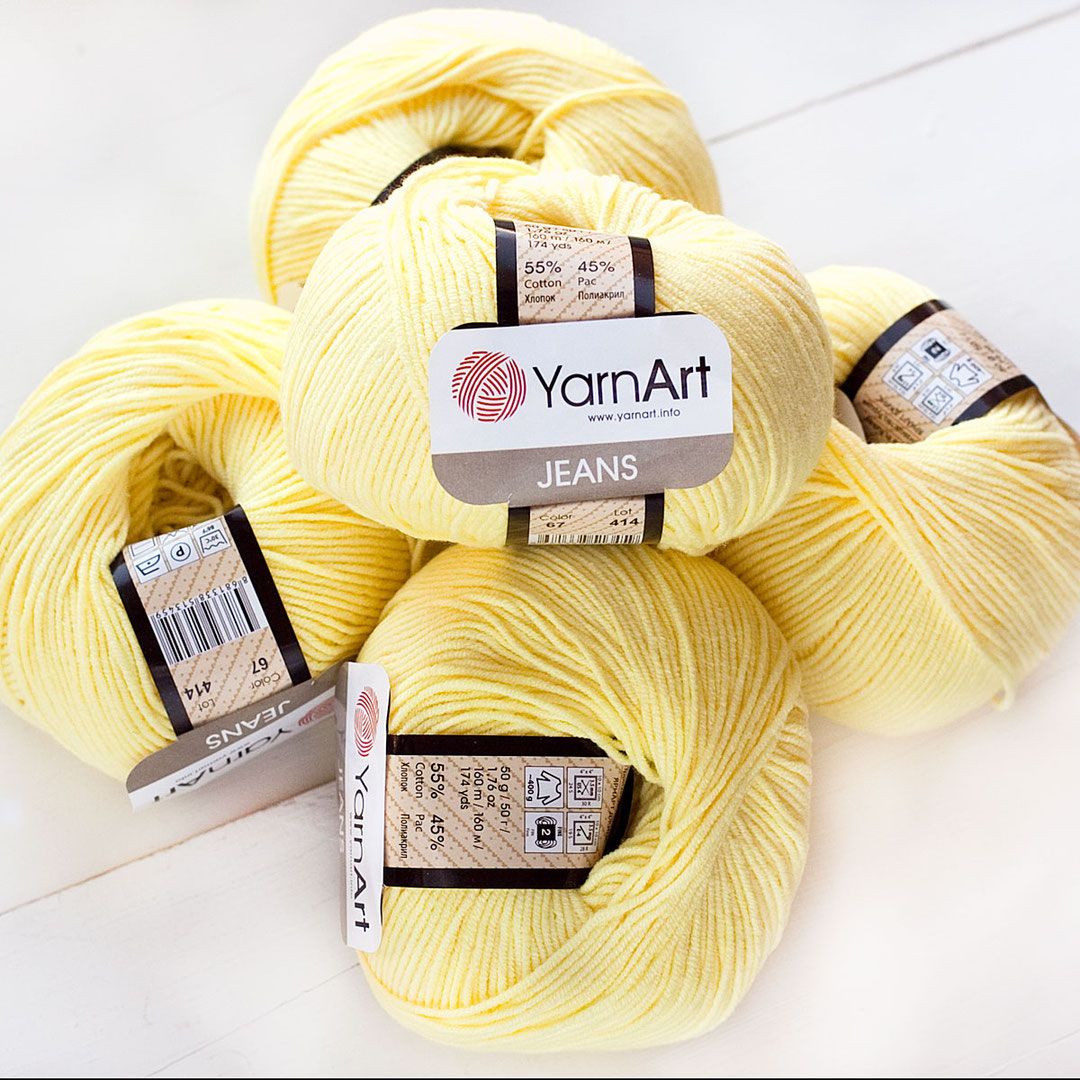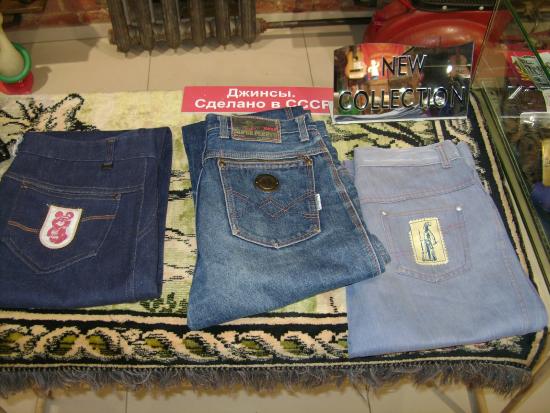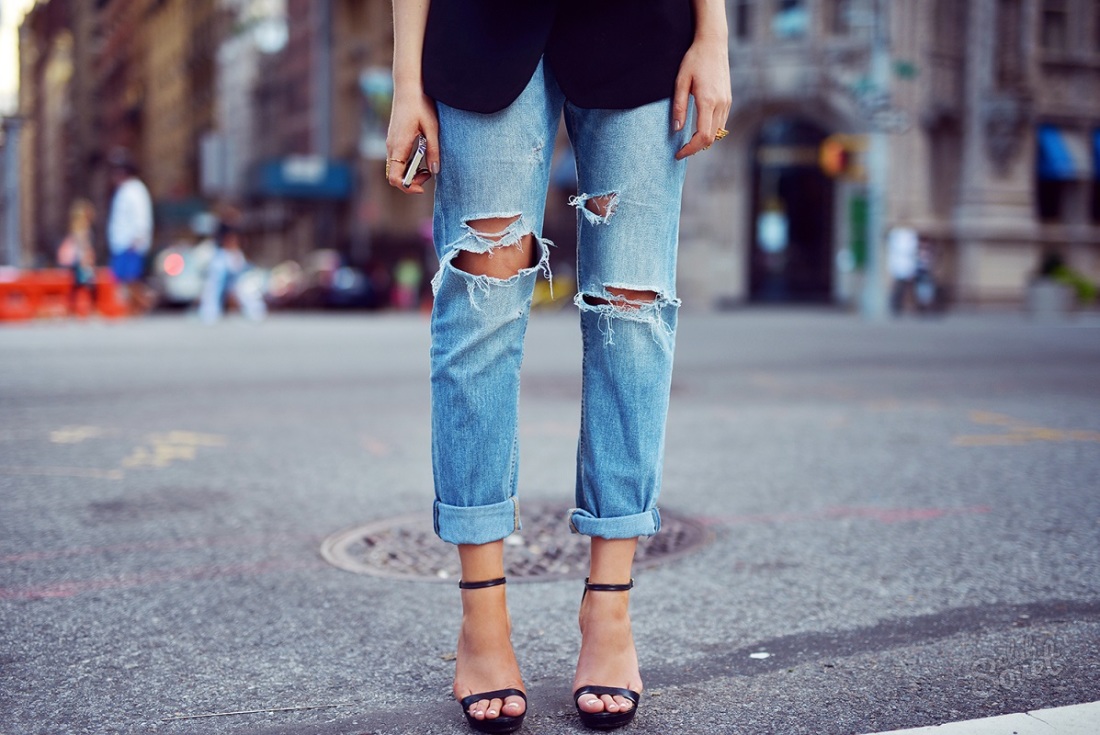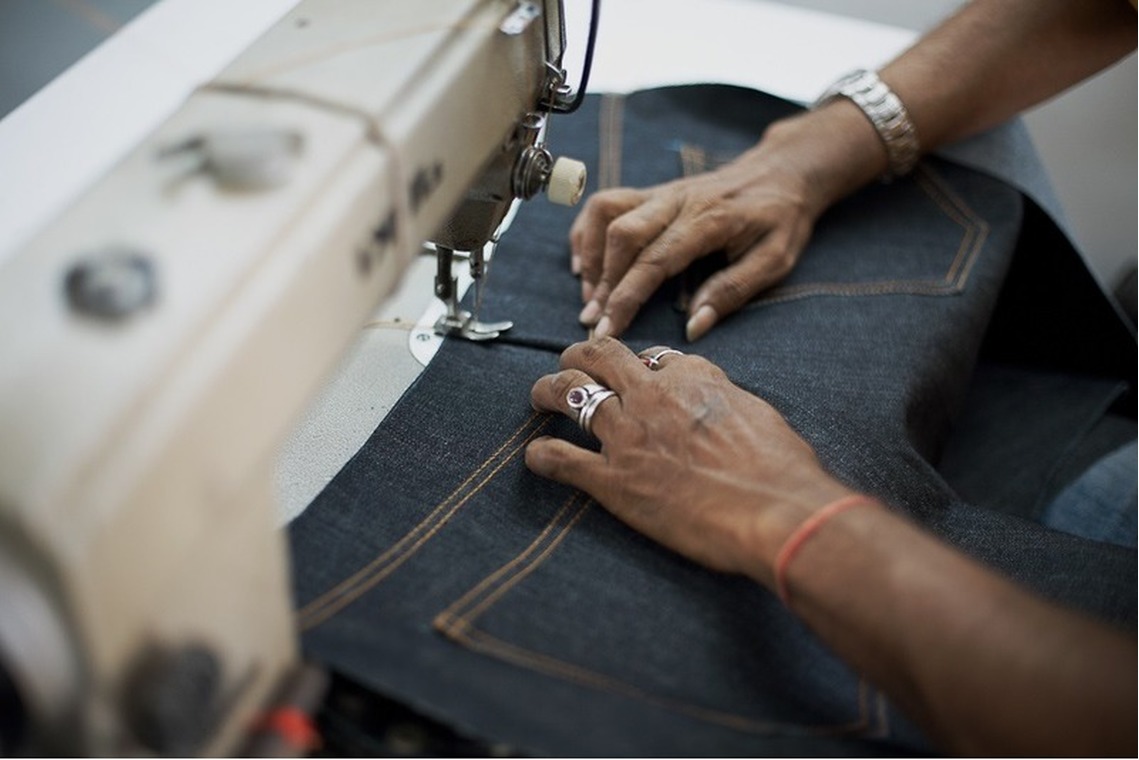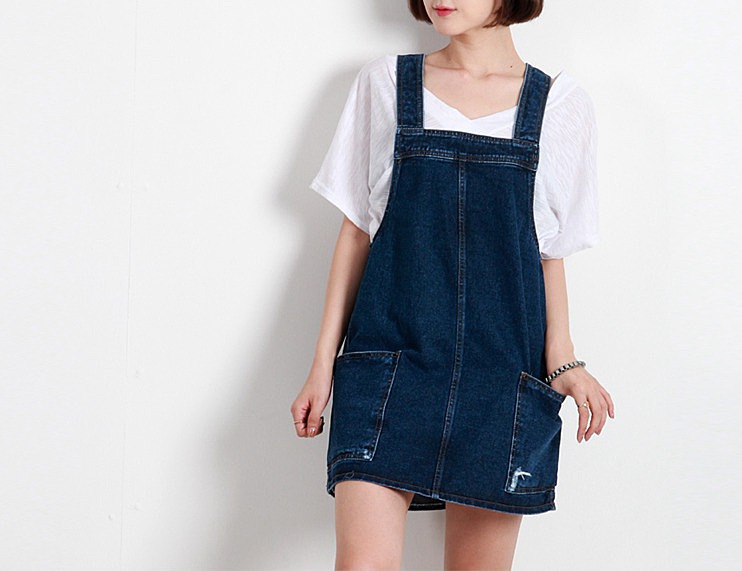Denim is one of the most popular materials. It has a universal texture, allowing for the production of items that suit absolutely everyone. Today, it is difficult to imagine that denim was once a purely working style. The material, traditionally dyed blue, is presented in a more diverse palette on the modern market, depending on the production technology.
Production nuances
Several types of raw materials are used to produce denim. The material determines not only the appearance of the finished product, but also its performance characteristics. The most common sources of raw materials are different territories:
- cotton of Asian and Indian origin. This type of material is the most common in the world, used to create most denim models. The raw material is distinguished by long fibers, also called short-staple;
- Mexican cotton allows you to model products with a smooth glossy texture. There will be no knots or pellets on the surface of such fabric;
- Zimbabwean and Barbados cotton are used less frequently in production. Products made from such denim have a soft shine and a pleasant texture.
Many products are made from raw material. This is undyed denim, which is not subjected to the bleaching procedure, therefore it retains its natural properties. Such manipulation allows to maximally maintain the original appearance of the product. In order to move from raw material to finished material, the following production stages must be overcome:
- collection and preparatory stage. Collection and preparation of raw materials can be done manually or automatically. After collection, the material is cleaned, loosened and mixed;
- yarn - when the cotton is prepared and assembled in long rows, it is drawn out and then twisted to form threads. From the combination of these threads, fabrics are made. There is a ring spinning technique, with an open end, double ring;
- rewinding of threads on warps for further production of fabric. After this, the finished threads are dyed at the warp. The most popular dyeing technique is rope. When dyeing, the natural dye indigo is most often used, however, its analogues have recently become popular;
- the production of fabric by combining fibers in a 3 to 1 ratio. Manufacturers use various methods and equipment to create a special texture, right-handed and left-handed denim;
- processing - at this stage, aging and cutting technologies can be used - it all depends on the customer's order.
Recently, an alternative cellulose material, widely known as Tencel, has been actively used. This fiber is made from wood, which is twisted into threads, creating fabric. Such fabric has high performance characteristics. It is light and durable, at the same time pleasant to the touch. Tencel products absorb moisture well, remove it, which is why they are not hot in the summer and not cold in the winter.
Varieties
Denim fabric is made from cotton. Today, manufacturers also add a small amount of synthetic fibers to the material - lycra, viscose, elastane. This gives the fabric a special density and elasticity. Both natural and artificial dyes are used for dyeing. At the output, the manufacturer receives the following popular types of denim fabric:
- Denim is the most expensive and high-quality type of material, which was created in France;
- broken twill - has an unusual texture and thread weaving technology. The texture has a herringbone pattern;
- chambray - used for modeling light summer sets, underwear, swimsuits;
- stretch – includes elastane fibers. The material is prevalent in sewing women's products, makes the fabric elastic;
- acru is a type of fabric that is not subject to dyeing and retains its original cotton shade;
- gin is a subtype of denim that is distinguished by its low cost. At the same time, gin retains all the characteristics and properties of the expensive prototype;
- designer jeans – can include rich variations of decor. These are jacquard inserts, paintings, embroidery, inscriptions, chaotic boiling.

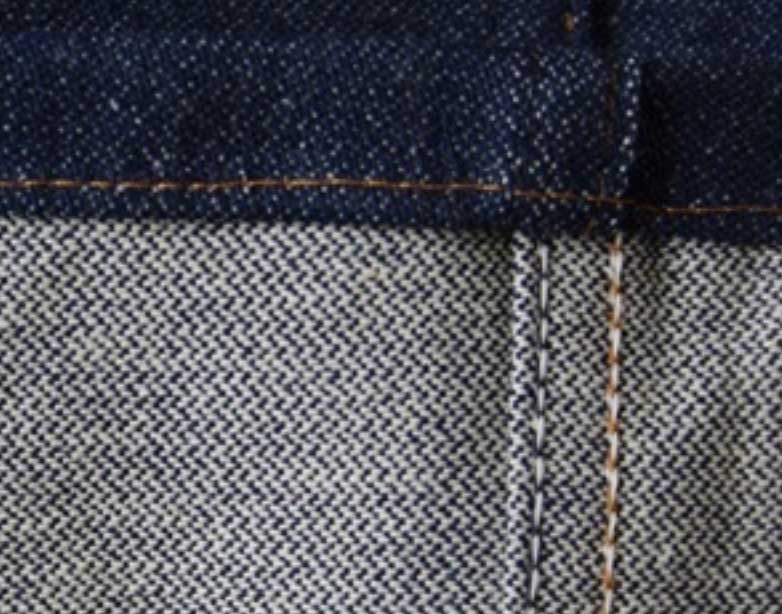
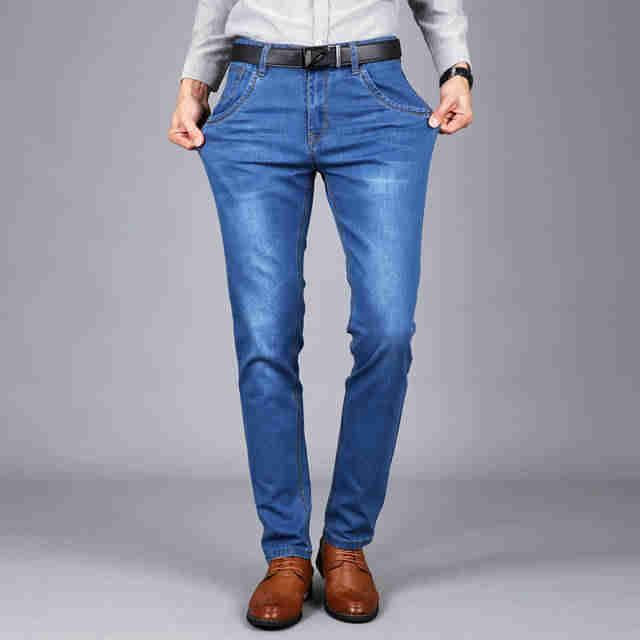

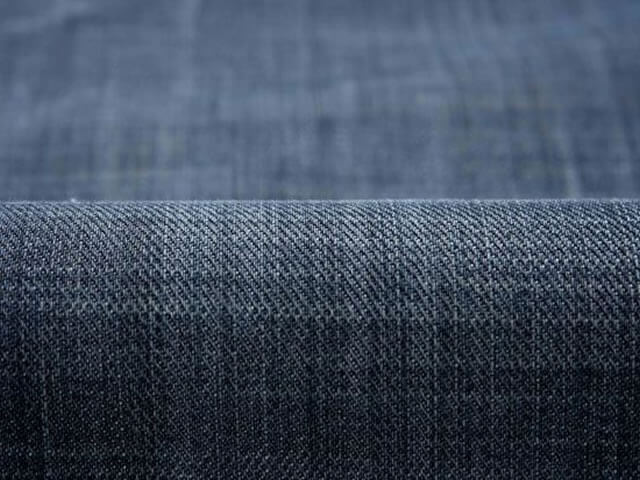
Advantages and disadvantages
Each denim material necessarily has a number of advantages and disadvantages. Regardless of the composition of the denim fabric, the material itself is durable and long-lasting if the manufacturer used high-quality raw materials and followed the technology in the process. Among the advantages of a good material, it is worth noting:
- strength and high performance properties, which can be achieved through a special weave of the fabric;
- hygroscopicity is a special property of denim, which is achieved due to the natural origin of the raw material;
- durability - a high-quality denim product can faithfully serve its owner for more than 5 years. At the same time, all characteristics, as well as appearance, will be fully preserved;
- interesting design, which is dictated by variations in fabric processing;
- differences in density, color, and finishing allow you to select appropriate clothing models for the hot season and cold weather, respectively;
- easy to care for - the material is unpretentious and does not require special operating conditions;
- convenience and comfort - the material does not attract lint, does not wrinkle easily, does not become electrified, protects from heat and wind;
- wide price and design range;
- all-season - denim models are appropriate at any time of year, and are also unlikely to ever go out of fashion.
Among the disadvantages, it is worth highlighting the following few characteristics:
- the material tends to shrink after washing, but this is minimized with subsequent wear;
- there are fabrics with too rough, hard texture;
- Some types of materials may become hard over time and fade when exposed to sunlight.
Use cases
The distinctive features of denim are its excellent density, durability, and designer versatility. Such practical mobility allows the material to be used in literally every branch of clothing - sewing everyday items, weekend sets, outerwear, home wardrobe items, underwear, bags, shoe models, hats, and other textiles. The areas of use of matter are extensive. This is due to the fact that analogues, fabrics-substitutes of jeans with more indicative characteristics, have not yet been found. The unusual properties of the fabric are used in the manufacture of the following products:
- classic jeans, overalls;
- jackets, denim jackets, shirts;
- skirts and shorts;
- lightweight dresses, sundresses, blouses;
- underwear and swimwear;
- headwear, accessories;
- bags and shoes;
- covers, decorative keychains.
Many everyday (casual) items are made of denim. Among the many options offered, you can find your favorite look and look new with it. Party clothes can also be made of denim. Informal events can be diluted with youthful ripped jeans. Skinny denim trousers will emphasize the figure. A cropped style will come in handy on hot summer days. A denim top with an open back, a denim corset or a bright T-shirt will be ideally combined with high-heeled shoes.
Jeans are not only youthful, stylish and provocative. For a business meeting, you can also easily choose denim trousers made of strict fabric tones. Office negotiations, business meetings, classes or interviews will be decorated with a classic jeans style in combination with a white blouse, jacket.
Probably one of the few areas in which denim has not yet taken root is the production of bed linen. However, with the progress of modern technologies, it can be assumed that this niche will sooner or later expand. Most likely, in a few years, denim will be widespread even among those areas in which it is impossible to imagine today.
Video

